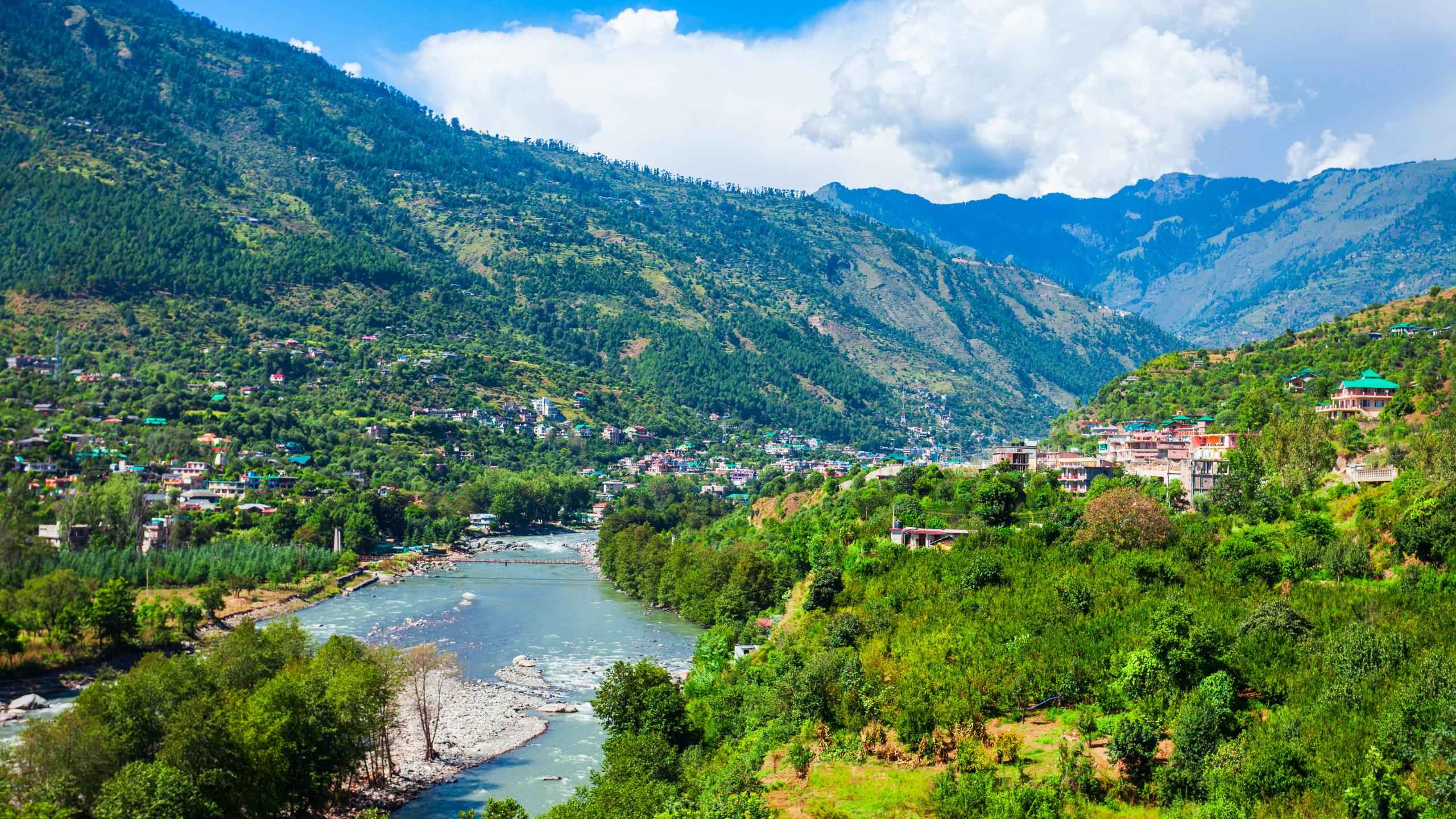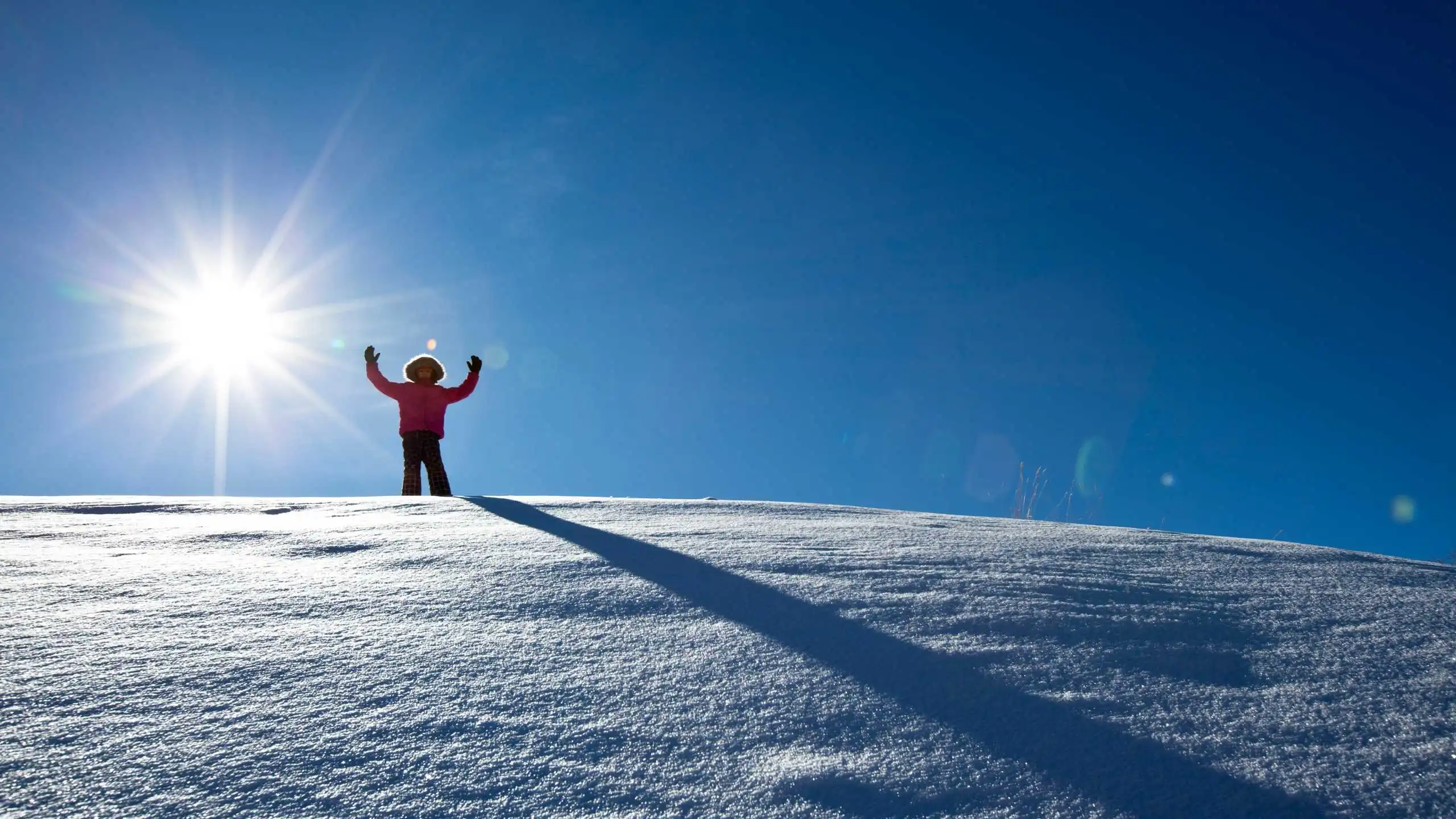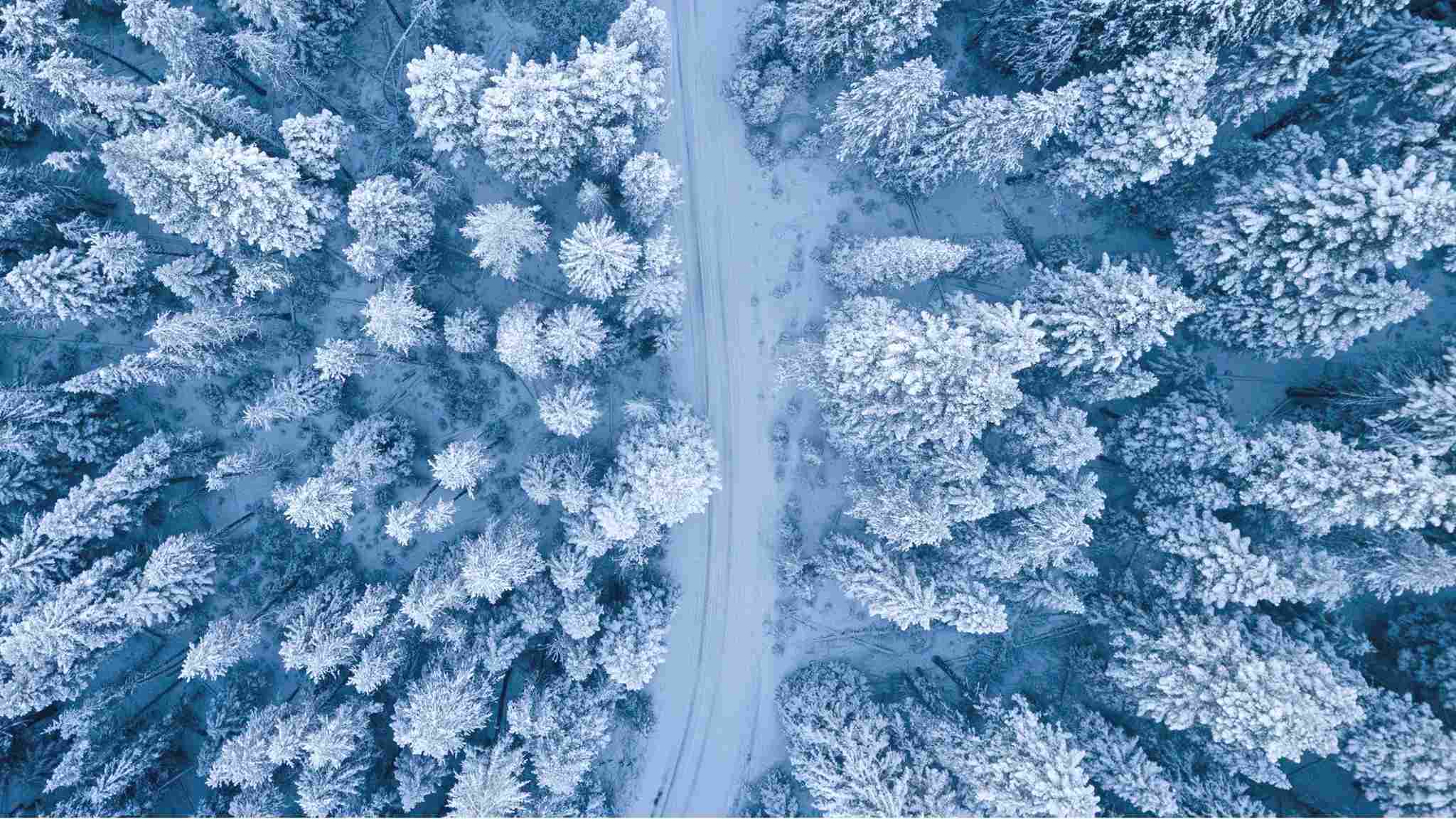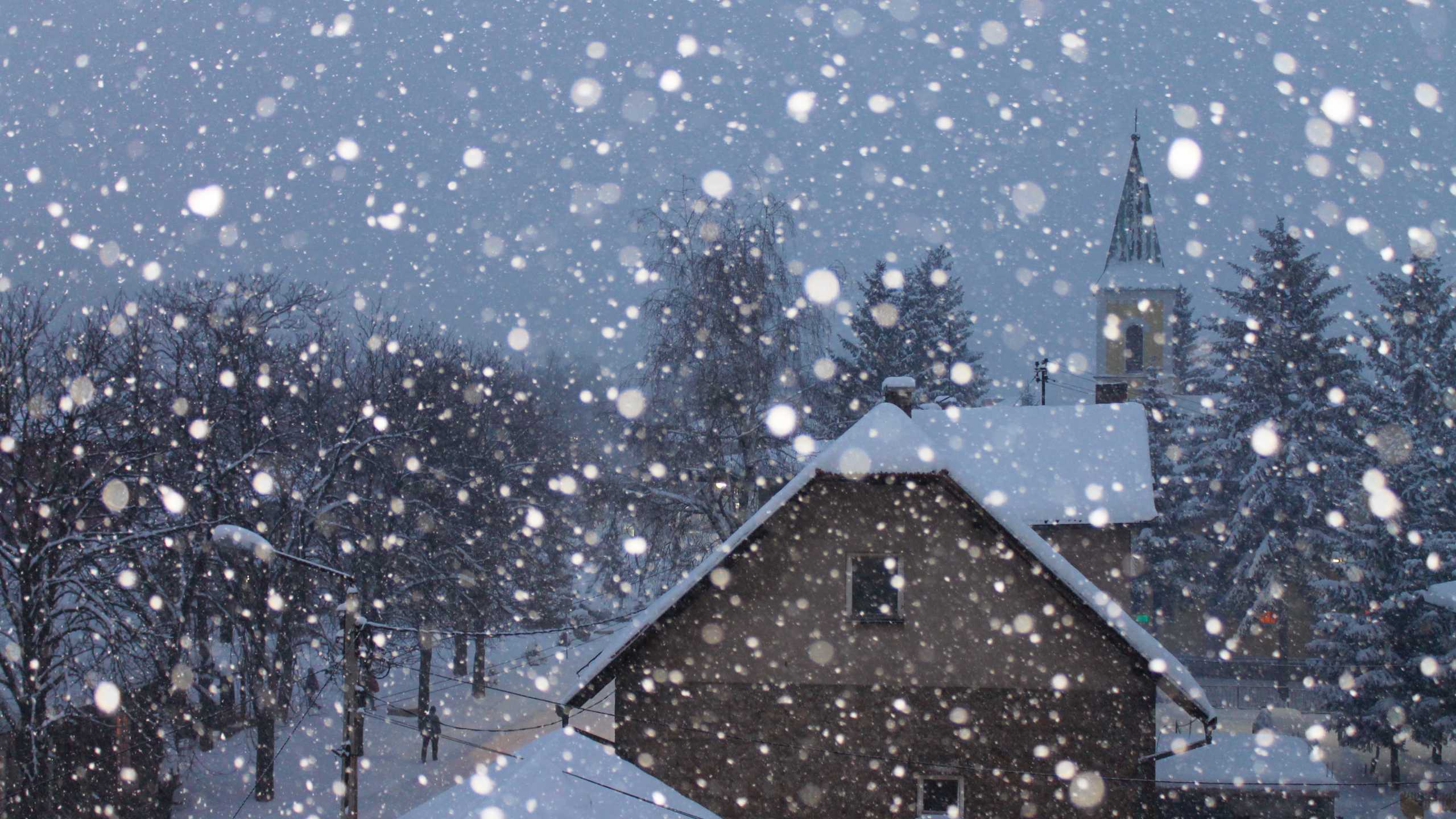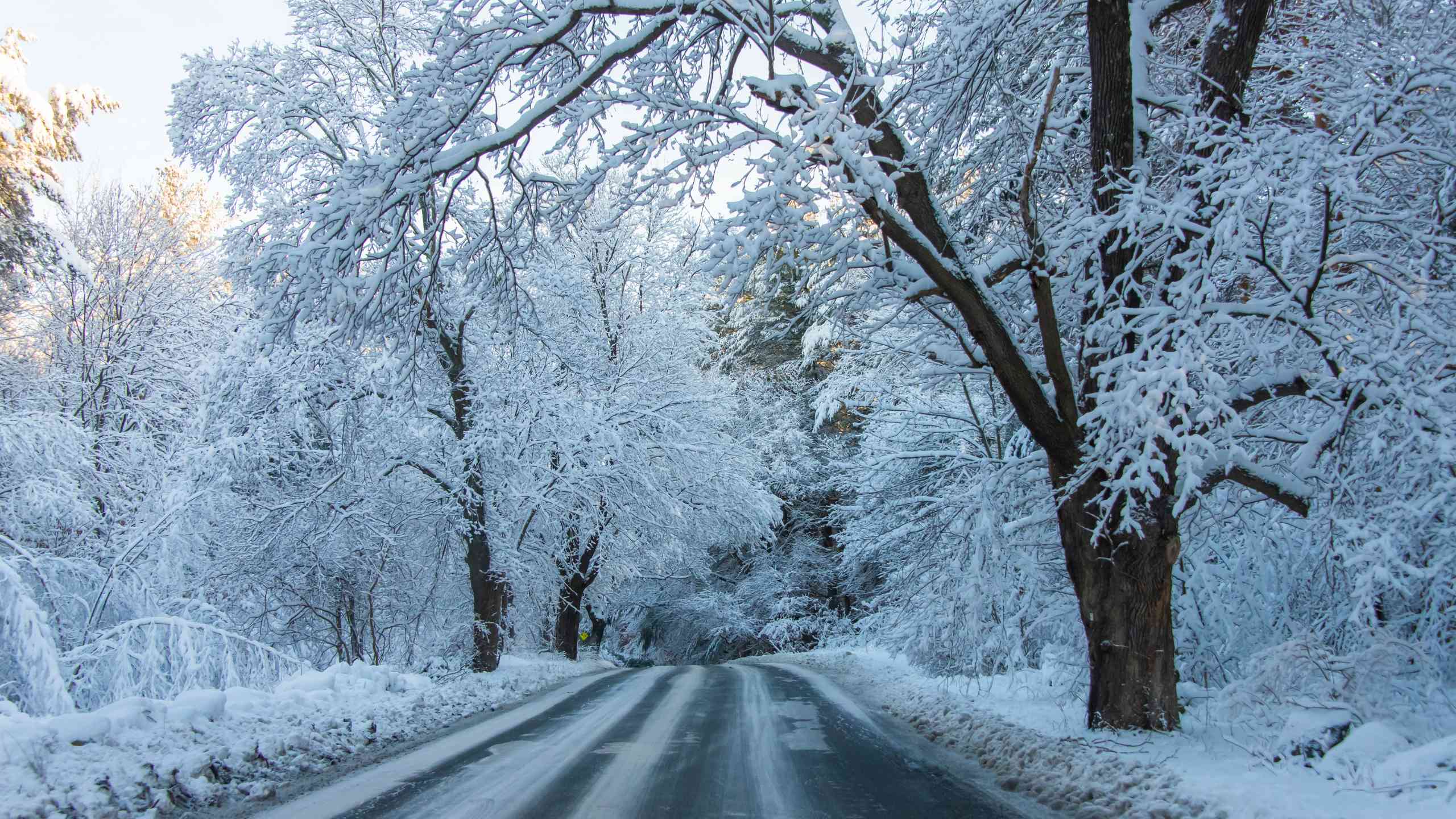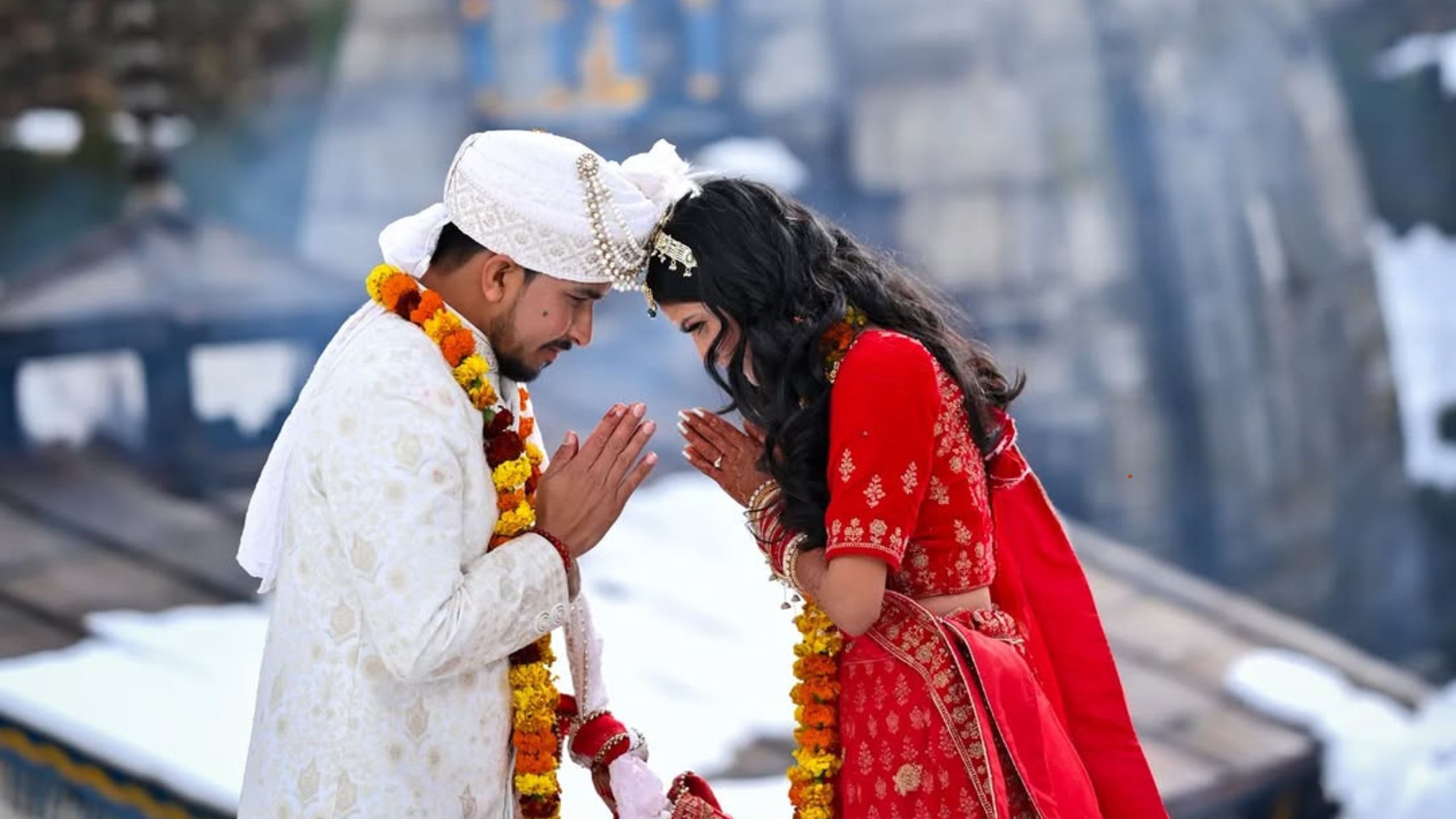How to Reach Kullu Manali by Road, Air, and Train
Nestled in the Himalayas, the Kullu Manali region of Himachal Pradesh is a dream destination for travelers from all over India. Lush valleys, snow-capped peaks, and apple orchards make Kullu Manali a year-round attraction. Whether you’re planning a solo adventure, a family getaway, or a romantic honeymoon, reaching Kullu Manali is part of the journey’s fun. In this guide, we’ll explore every major way to get to Kullu Manali: by road, by air, and by train. You’ll find practical routes, travel times, seasonal advice, and insider tips to help you pick the route that suits your style.
Reaching Kullu Manali by Road
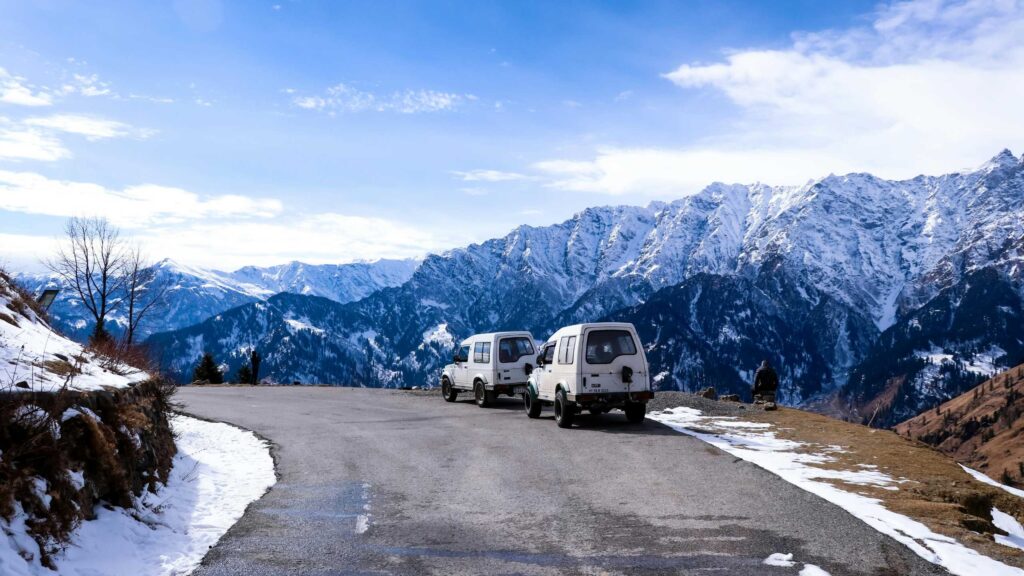
Hitting the road is one of the most adventurous ways to reach Kullu Manali. The highway drive takes you through some of the most scenic parts of Himachal. From Delhi, the distance to Kullu or Manali is long, and the usual route goes via Chandigarh, Ropar, Bilaspur, Sundernagar, Mandi, Kullu, and then Manali. Roads (mainly NH-44 and NH-154/NH-3) are generally well-paved but become narrow and winding in places. Allow plenty of time for the Delhi–Manali journey, and plan for a shorter drive from Chandigarh to Manali. The drive offers gorgeous views of the Sutlej and Beas Rivers, Sundernagar Lake, and pine forests, with tempting stops for tea or photos along the way.
- Self-drive or taxi: If you love flexibility, drive your own car or hire a taxi. Roads through the hills require care, so ensure your vehicle is in good condition. A popular stop en route is Sundernagar Lake for lunch and a short walk. Note that Rohtang Pass (beyond Manali) is often closed in winter, so plan accordingly.
- HRTC and Volvo buses: Himachal Road Transport Corporation runs Volvo and deluxe buses on the Delhi–Kullu/Manali and Chandigarh–Manali routes. Overnight buses leave Delhi in the evening and reach Manali the next morning, which is convenient for many travelers. Seats fill up in peak season (April–June and September–October), so book in advance online or via official counters.
- Private tours and shared taxis: Many operators offer shared or private taxi services from major cities. Private cabs are more expensive than buses but give door-to-door comfort and flexible stops. Shared cabs are a mid-range option for those who want a balance between budget and convenience.
Road conditions are generally good up to Mandi; beyond Mandi, toward Kullu and Manali, the roads climb through forests and hairpin bends. Monsoon showers (July–August) can trigger landslides, so check the weather and allow extra time if traveling then. A quick break to admire Pandoh Dam (near Mandi) or to stroll through Kullu town adds to the journey’s charm. Once you reach Kullu town, Manali is about 40 km further and usually takes between one and a half to three hours by road, depending on traffic and weather. Frequent local buses and taxis operate between Kullu and Manali, especially from the Bhuntar bus stand.
In short, reaching Kullu Manali by road offers scenic value and budget-friendly choices, though it can be a long day of travel. For many travelers, the drive is an integral part of the Himalayan experience.
Reaching Kullu Manali by Air
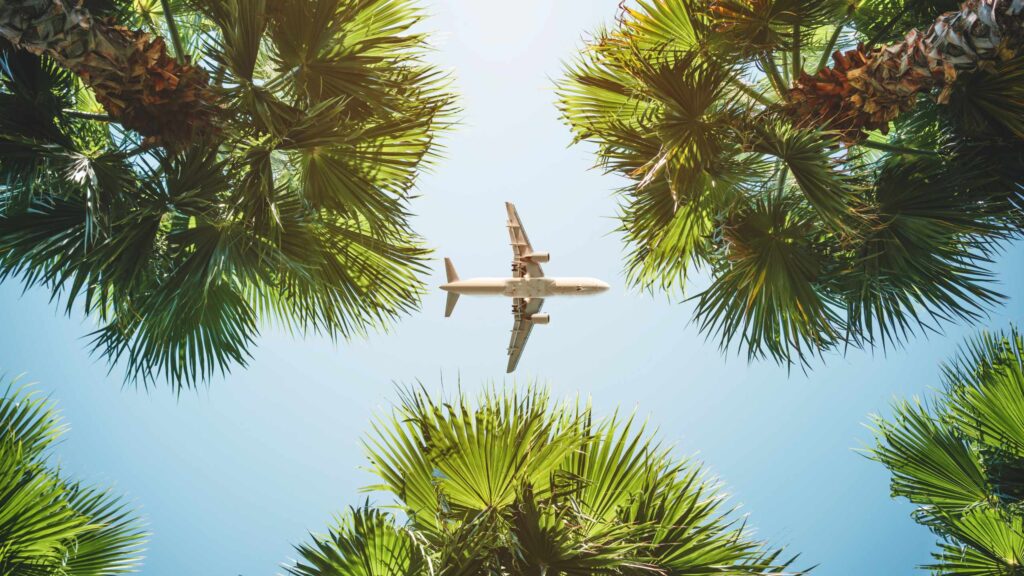
For a faster option, fly to Kullu Manali Airport at Bhuntar. Bhuntar airport sits about 10 km south of Kthe Bhuntar
Typical flight connections to Bhuntar include daily services from major cities such as Delhi and theChandigarh, with additional seasonal flights from other regional airports. During peak tourist season, flights can fill up quickly, so booking ahead is recommended.
After landing at Bhuntar, arrange a ride to Manali or Kullu: prepaid taxis and shared cabs are available at the airport exit, and HRTC buses run between Bhuntar and Manali. The road from Bhuntar to Manali is scenic but winding; allow adequate time and expect the journey to take around two hours. If you prefer private transfer, taxis provide a faster and more comfortable last leg.
Keep in mind that Bhuntar’s valley location means flights can be affected by weather: fog in winter and heavy clouds in monsoon can lead to delays or cancellations. If timing is critical, consider flying into a larger hub such as Chandigarh or Delhi and continuing by road.
To summarize, reaching Kullu Manali by air is the fastest option for many travelers and works well for those with limited time or who prefer comfort. Flights are limited and seasonal, so plan early.
Reaching Kullu Manali by Train
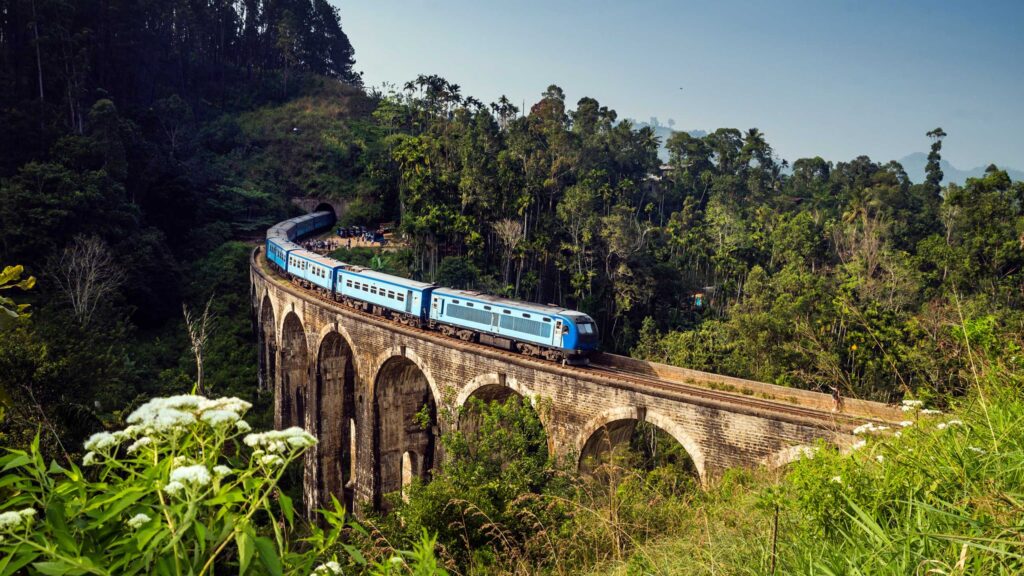
There is no direct train to Kullu or Manali, but several nearby railheads serve as gateways. From each of these stations, travelers complete the journey by road.
- Joginder Nagar (narrow gauge): Often cited as one of the nearer mountain railheads for Kullu Manali, Joginder Nagar connects by a scenic but lengthy road journey via Mandi.
- Chandigarh and Ambala: These are major broad-gauge hubs with good train connectivity from across India. From Chandigarh or Ambala, regular Volvo buses and private taxis make the journey to Manali. Many travelers take an overnight train to Chandigarh and then a day bus or taxi to reach Kullu Manali.
- Pathankot and Una: These stations are also used by some travelers who prefer specific rail routes. From here, onward travel is by road.
Train travel to the region is a budget-friendly option, especially if you are comfortable with a long onward road transfer. The most common approach is to take a comfortable overnight train to Chandigarh or Ambala and then embark on the scenic drive to Kullu Manali by bus or taxi the next day.
When planning by train, aim to arrive at a major hub during daylight if possible, as continuing in daylight makes the road portion easier and more enjoyable. Official Himachal tourism pages and local operators often advise checking bus schedules and road conditions before booking.
Best Time to Travel and Tips
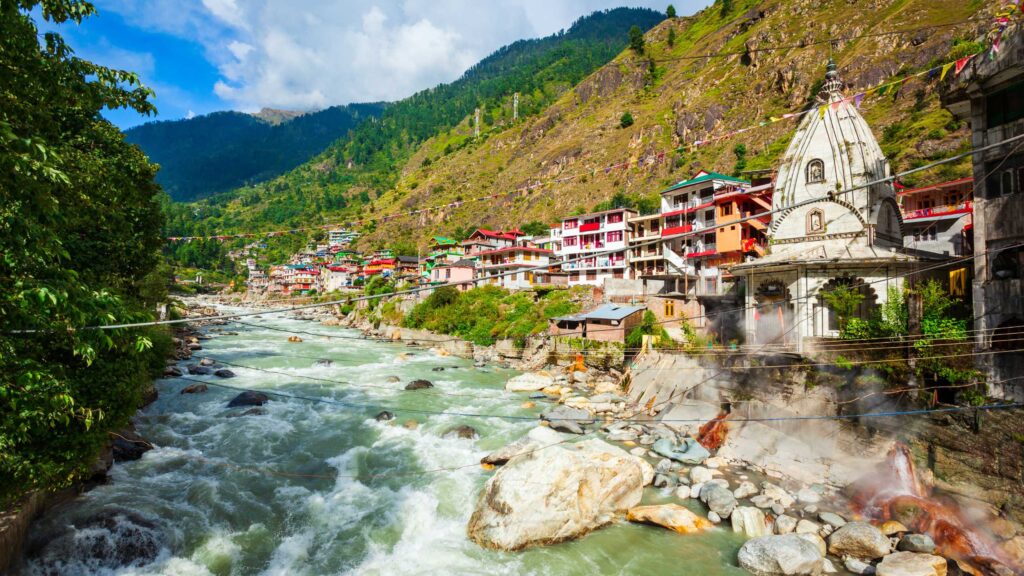
Must Read: Most Romantic Places to Visit in Kullu Manali
Timing your trip to Kullu Manali matters: the region changes dramatically with the seasons.
- March to June (summer and peak season): This is the most popular time. Day temperatures are pleasant and the weather is usually clear, ideal for sightseeing and outdoor activities such as trekking, paragliding, and river rafting. Expect higher visitor numbers; book transport and accommodation in advance.
- July to August (monsoon): Manali receives heavy rain in the monsoon. Roads may be slippery and landslides can cause disruptions. If you travel in this season, check road status daily and have a flexible itinerary.
- September to October (post-monsoon): This is an excellent window: waterfalls are full, skies clear after the rains, and crowds thin out. The weather is cool and pleasant.
- November to February (winter): Manali becomes a winter wonderland, with snowfall in many areas. Nights can be freezing, so pack warm clothing. Be aware that high mountain routes such as Rohtang Pass are usually closed in deep winter, and road access can be affected by snow.
Practical travel tips for Kullu Manali:
- Pack layers: even in summer, nights can be chilly. Include rain gear in monsoon and warm clothing in winter.
- If driving, service your vehicle before the trip; check brakes, tires, and cooling systems.
- Plan regular rest stops on long drives; use established towns such as Mandi and Sundernagar for breaks.
- Keep water and light snacks handy, and consider motion-sickness remedies for winding mountain roads.
- For trips beyond Manali (for example, to Rohtang or Lahaul), check permit requirements on the official Himachal portal.
- Although Kullu and Manali are not at extreme altitude, if you are sensitive to altitude changes, take the first day easy.
- Check official district and tourism sites for real-time road and weather alerts, especially in monsoon and winter.
Final Thoughts
Whether you call it Kullu Manali or simply Manali, reaching this Himalayan gem is part of the adventure. The road journey offers stunning scenery and budget-friendly options; flying into Bhuntar gives you speed and comfort; taking the train to a major hub and continuing by road is economical and suits travelers who prefer rail travel. Choose the route that matches your travel style:
- Adventure seekers and backpackers: Prefer road trips, shared cabs, and local buses to soak up scenery and make unplanned stops on the way.
- Families and comfort travelers: Benefit from Volvo buses or private taxis for a smoother journey.
- Time-pressed travelers: Flying to Bhuntar and hiring a car for the last leg saves significant travel time.
- Budget travelers: Train to a nearby hub plus an HRTC bus is the most economical combination.
Each route to Kullu Manali has its own charm and considerations. Whichever you pick, plan ahead during peak season, keep an eye on weather updates, and carry the essentials for mountain travel. Safe travels, and enjoy the breathtaking beauty of Kullu Manali.
New Experience: Wedding at Triyuginarayan Temple best wedding destination in the world

